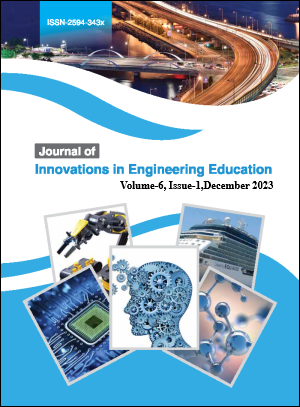Estimation of hydraulic parameter (Manning’s roughness coefficient) in mountainous river at middle stage of Hindu Kush Himalaya region
DOI:
https://doi.org/10.3126/jiee.v6i1.61092Keywords:
HEC-RAS, Manning's n, Bagmati, Kankai, KamalaAbstract
Manning's roughness coefficient (n) holds significant importance within a hydrodynamic model, yet its value is notably subject to variation, influenced by both time and specific site conditions. Determining the appropriate value for 'n' is a challenging endeavour, particularly in natural watercourses, given the multitude of factors that impact this coefficient. The research unveils findings from a hydraulic model, examining the fluctuation of Manning’s roughness coefficient concerning discharge, thereby influencing the flow depth in the mountainous areas of Nepal situated within the middle stage of the Hindu Kush Himalaya region. This study applied the unsteady flow model HEC-RAS to three comparable reaches in Nepal—the Bagmati River, Kamala River, and Kankai River—to determine the Manning’s coefficient. Through the calibration method, which involves aligning the value to accurately replicate observed data, a suitable Manning’s roughness coefficient "n" was identified. The findings indicate that this coefficient varies notably with reduced discharge and flow depth.
Downloads
Downloads
Published
How to Cite
Issue
Section
License
Copyright (c) 2023 JIEE and the authors

This work is licensed under a Creative Commons Attribution-NonCommercial-NoDerivatives 4.0 International License.
Upon acceptance of an article, the copyright for the published works remains in the JIEE, Thapathali Campus and the authors.

